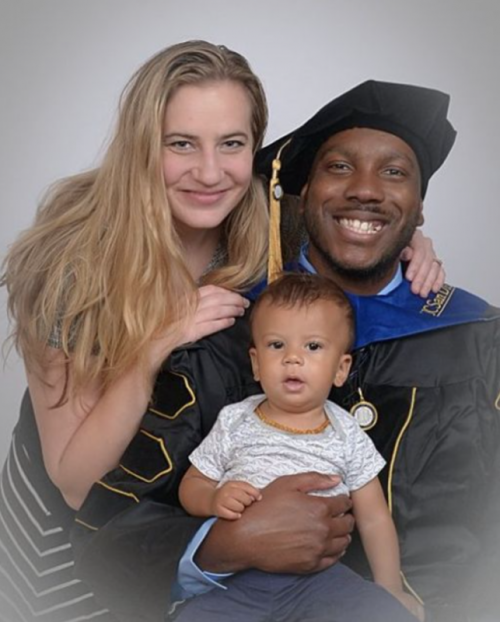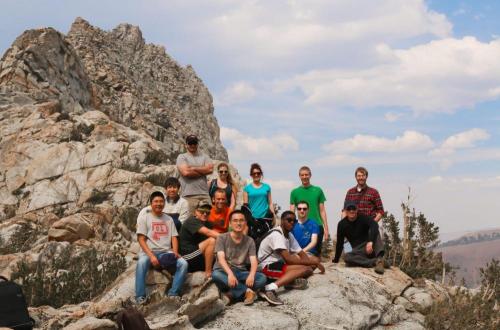
Newly minted UC San Diego Computer Science and Engineering (CSE) Ph.D. Jeremy Blackstone has trekked back to his undergraduate roots at Howard University, this time as a professor. Before that journey, he was part of CSE Professor Ryan Kastner’s research group and a member of the Engineers for Exploration (E4E).
Read Kastner’s reflections about his former student turned professor:
“Congratulations to Jeremy Blackstone for successfully defending his Ph.D. thesis! Jeremy’s Ph.D. research focused on mitigating hardware side channels – a powerful class of security vulnerabilities that exploits the side effects of physically performing a computation. Jeremy’s research focused on the idea of “blinking,” which determines when to turn on/off side channel attack mitigation strategies. The goal is to use the mitigations during the most important time periods and turn them off during less vulnerable times in order to make the system more efficient. This provides the ability to tradeoff between security, performance, power consumption, and other important objectives.

Jeremy has been associated with our research group for a long time. He was a member of our first Engineers for Exploration (E4E) Summer REU program in Summer 2013 when he was an undergraduate at Howard University. The following summer, he came to UC San Diego again and this time working with Dustin Richmond on the Tinker project. He was funded to participate in the summer research programs as part of the UC San Diego Howard Partnership for Graduate Success — a UC HBCU-funded initiative led by Profs. Gentry Patrick in biological sciences and Gary Cottrell in the Computer Science and Engineering Department. These two summer research experiences were the key factor in recruiting Jeremy to UC San Diego. Jeremy would have otherwise not been interested in UC San Diego without spending the summer in San Diego. And I would have not gotten to know Jeremy and would have been less likely to consider his application and give him an offer.
Jeremy started his Ph.D. in 2015. During our group retreat Fall 2015, we did a challenging group hike in Mammoth Lakes, scrambling up boulders for hundreds of meters near the Crystal Crag. The group picture was taken at the top of that scramble. Jeremy was not an experienced hiker and I did a very poor job of warning him (and others in the group) about the challenges of the hike. It may be hard to tell, but Jeremy was not very happy in this picture (or generally during the hike). In a lot of ways this summarizes a Ph.D.’s journey. You don’t really know what you are getting into, it is very difficult, sometimes your advisor fails to warn you of pending challenges, but when you make it, you have done things that have never been done before.

Jeremy eventually recovered from that hike and settled in on hardware security as a Ph.D. topic. He worked with many different people and different topics over his Ph.D. career. His published extensively with people within our group (e.g., Wei Hu, Alric Althoff, Dustin Richmond), at the University of Washington (Michael Taylor, Dustin Richmond) and at Purdue (Shreyas Sen, Debayan Das). Jeremy is clearly a multidisciplinary and collaborative researcher.
After graduation, Jeremy started as an assistant professor in the Department of Electrical Engineering and Computer Science at Howard University. Jeremy was remotely lecturing at Howard during the final year of his Ph.D. teaching an introduction to computer science course. The professor position allows him to continue his teaching and research pursuits at his alma mater.
Congrats again Jeremy! I look forward to seeing all the mountains that you climb.”

